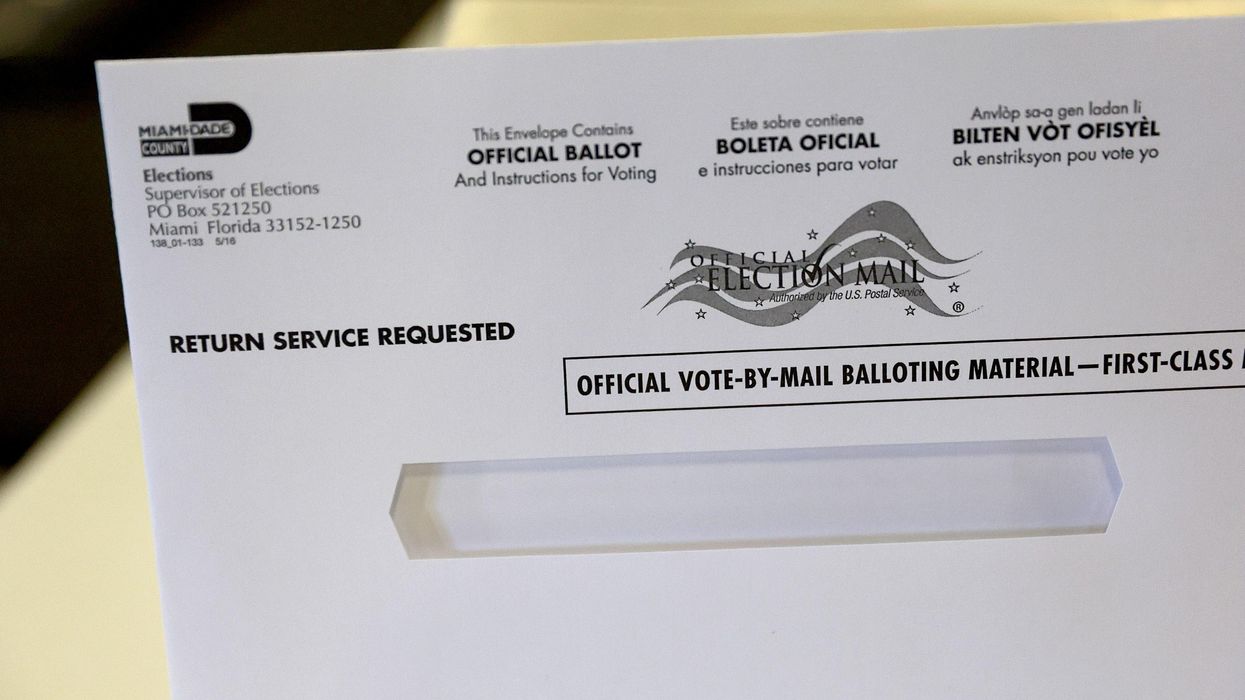The Fulcrum is publishing a series of articles to help people navigate the shifting laws that govern elections. This, the third article, covers the deadlines for voting by mail.
Two years ago, with the Covid-19 pandemic raging across the country, 43 percent of voters cast their ballots by mail – a massive increase over prior elections.
Now that people have a taste for it, and with more states either switching to all mail elections or loosening the restrictions on absentee ballots, we can expect to see a large percentage choose that option this year.
But voters who do opt to vote by mail need to be aware of not one but two deadlines: first, to apply for a mail-in ballot and, second, when to submit the ballot in order for it to be counted. We’ve done the work for you.
While “absentee” and “mailed” ballots are often lumped into the same category of voting, as they both use the postal system, there are some differences. Absentee ballots may require a more formal application in which the voters need to specify the reasoning for using such a ballot (such as being away from home for college, work or military service, or due to health concerns or disabilities). Vote-by-mail may have only referred to the states that generally do not have in-person voting.
However, since the outbreak of the pandemic, mailed ballots have become a much more popular choice to cast a ballot and have become synonymous with absentee ballots. And a number of states that required a reason to use an absentee ballot have become “no excuse” states, allowing anyone to request such a ballot.
If you live in one of the eight states that proactively send all voters a mail-in ballot (California, Colorado, Hawaii, Nevada, Oregon, Utah, Vermont and Washington), you do not need to worry about the application deadline – unless you have updated your address. Utah, for example, required such notices to be filed 11 days before the election.
Similarly, California, Colorado, Hawaii and Oregon require updates to mailing locations to be submitted five to eight days out.
Mississippi, New Hampshire, and North Dakota do not have a specific deadline for which an absentee ballot application needs to be received; however, Vote.org recommends requesting the ballot seven days before Election Day.
Seven states — Wyoming, Delaware, Vermont, South Dakota, Montana, Minnesota, and Connecticut — have received-by deadlines of one day before Election Day for absentee applications or updates, the most forgiving out of all the states. Once again, Vote.org recommends applying for an absentee ballot at least seven days before the election.
Every other state has mailed ballot application deadlines spanning between a month before Election Day to three days before people hit the in-person polls. Check with your state for specific deadlines.
Additional reading:
Once voters have submitted their absentee ballot applications, they then must focus on the deadline for returning the ballot to election officials. Many states — such as Rhode Island, New Mexico, Nebraska and Kentucky — require mail-in ballots to be received by sometime on Election Day.
Others like Florida, Alabama and Minnesota have different same-day deadlines for mailing absentee ballots rather than delivering them by hand. Depending on the state, voters will have an earlier receive-by time for in-person delivered ballots compared to mailed ballots, or the reverse.
North Dakota, Ohio and Alaska, among others, choose to emphasize the postmarked date and will honor the ballot when received by a specified date after Election Day. For example, California requires mailed ballots to be postmarked by Election Day and received no later than seven days after the election. New Jersey requires postmarked ballots to be received 144 hours after polls close.
No two states have the same procedure so it is always important to double check with your state to be informed of with their voting system.
The Voting Rights Lab has created a resource for tracking changes to vote-by-mail policies in each state.



















